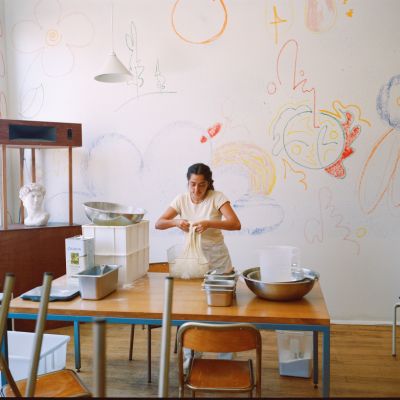Spice of life: The sisters behind Gewurzhaus Spice House share their 12 pantry must-haves
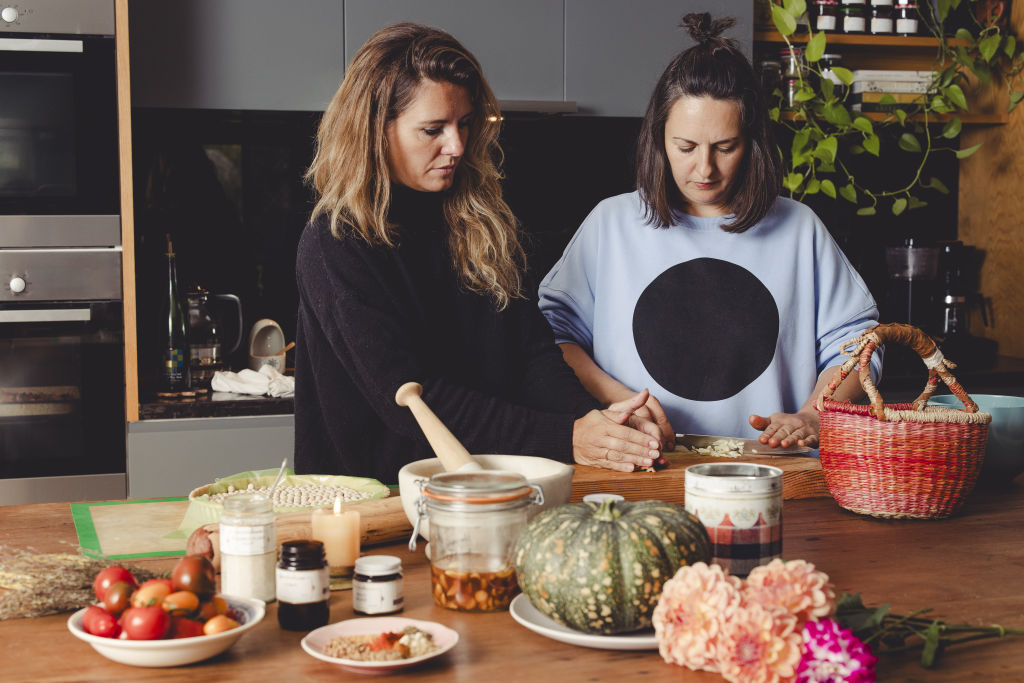
Before launching Gewurzhaus Spice House, sisters Eva and Maria Konecsny spent the best part of a year in the kitchen perfecting flavour profiles for everything from guacamole to apple cakes to Bavarian roast chicken. “We were just cooking, cooking, cooking, cooking,” Maria recalls. “Coming up with the recipes for all of our different spice blends.”
The culinary marathon led to the pair’s first shop in Carlton in 2010. In the years since they’ve opened 12 more stores across Australia, including five in Melbourne and one each in Healesville and Daylesford. All sell spice blends the sisters mill and mix themselves, and feature self-scoop tubs alongside pre-packaged jars and sachets.


“It’s really about home cooking and inspiring people,” Maria says. “Especially when people come in to lift the lids and smell and get hungry and excited about what they can do in the kitchen.”
Last year the sisters released a cookbook – Kindred: Recipes, Spices & Rituals to Nourish Your Kin – which draws on their German heritage. “So many recipes have been handed down through family, and a lot of those have Eastern European influences,” Eva explains. “That’s a beautiful element – melding rituals and nurturing and connecting that back into the book.”
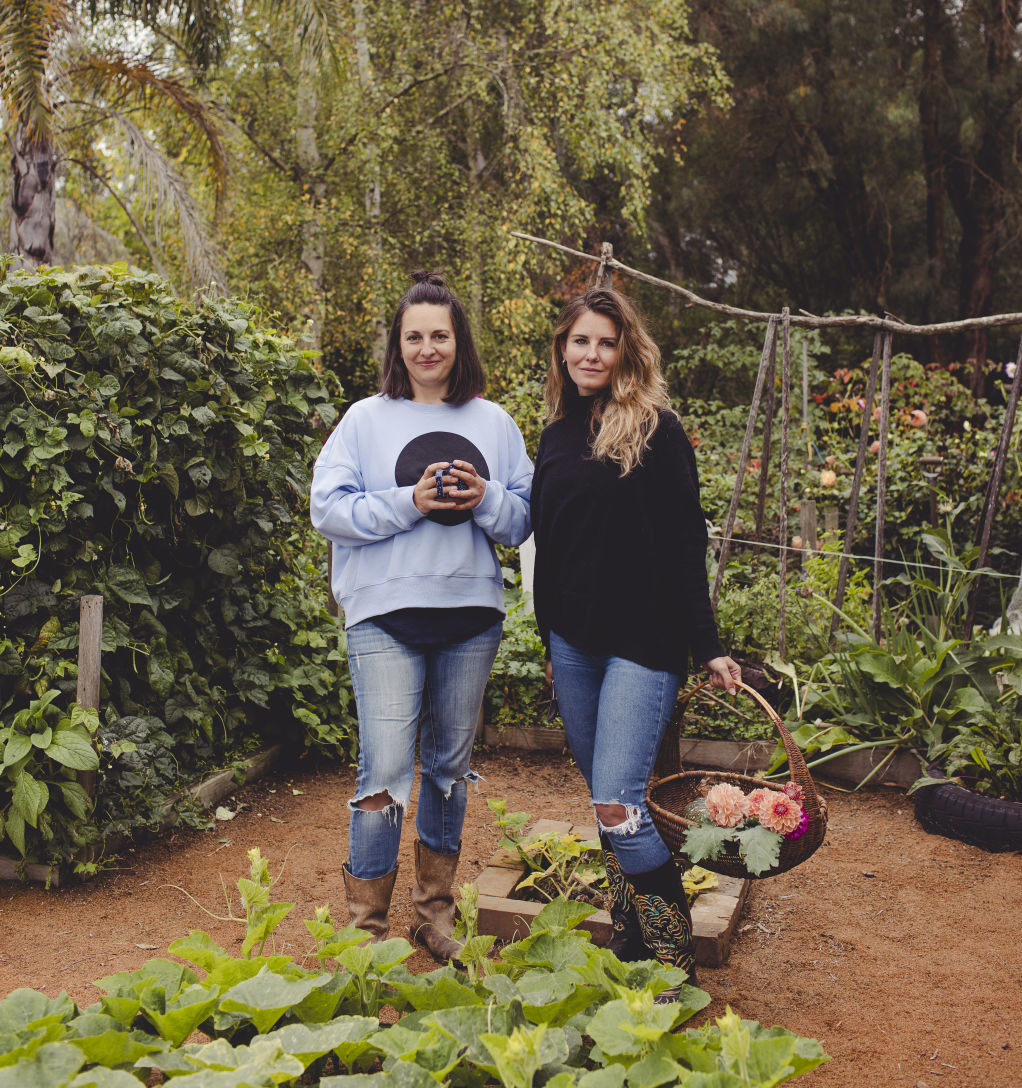
You could say their lives are infused with spice. It’s their business and their heritage and their everyday.
Eva and Maria use spices in cooking and baking, preserving fruit and veg, and flavouring stocks. They steep them in hot water for teas and use them in mulled wines and hot toddies. Spices are used to infuse homemade alcohol and added to cocktails for an extra kick. And when that gets too much, there are medicinal uses too: clove for toothache, fennel seed for upset stomachs, chamomile for restless nights.
(Fresh and dried herbs are also used enthusiastically. If you’re wondering what the difference is, “A herb is the leafy part of a plant – so think parsley, thyme, rosemary – whereas the spices are generally the seed or the bark,” Eva says.)
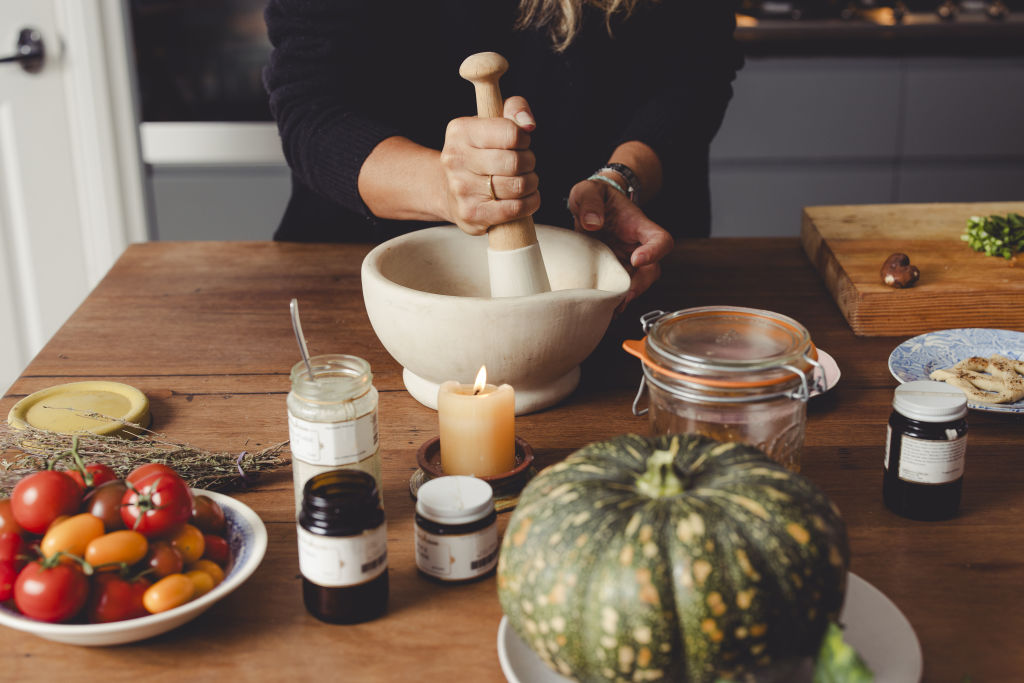
These days Eva lives in Melbourne. Maria’s made her home in Healesville where she has a large, well-tended kitchen garden and plenty of space for cooking – and enormous spice racks.
Spices have treated the sisters well, and they’ve learnt to treat them well in return – something not all of us do. Storage, for instance, requires some thought. Protect your spices from sunlight and humidity by stashing them in the pantry, or keeping them in amber-coloured glass jars. (Paper will suffice for whole spices.) And please don’t empty them straight into the pan when cooking.
“A really common [mistake] is to get your spice jar and tip it into your pot over the stove, then the steam from the pot comes up and stays in your jar. It’s really important to use a spoon to get the spice out of your jar, or tip it onto your hand and then put it into the pot,” Maria advises.
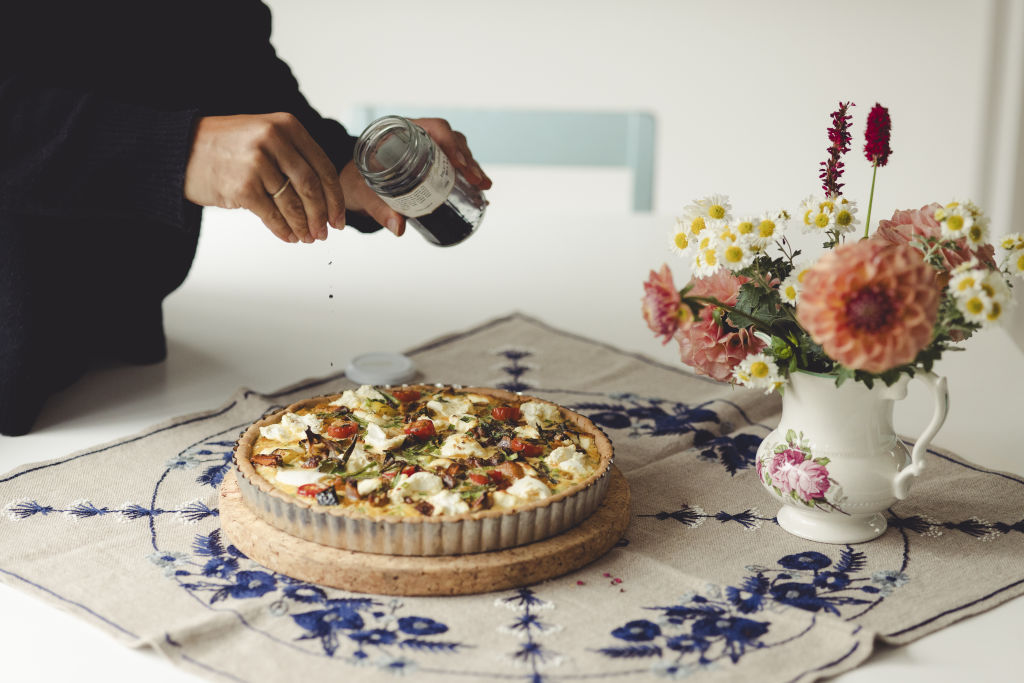
Even stored carefully, ground spices won’t last forever. That’s why Maria and Eva opt for the self-scoop format at their shops – so customers can buy small amounts and replenish frequently.
“It’s like coffee,” Eva explains. “A whole coffee bean lasts a lot longer than ground coffee … Once the spices are ground, that’s when they’re at their most potent. They don’t go off, but they lose their top notes and potency. So, similar to coffee, you want to get as little as you need and use it up as quickly as possible. Unless you’re grinding it at home.”
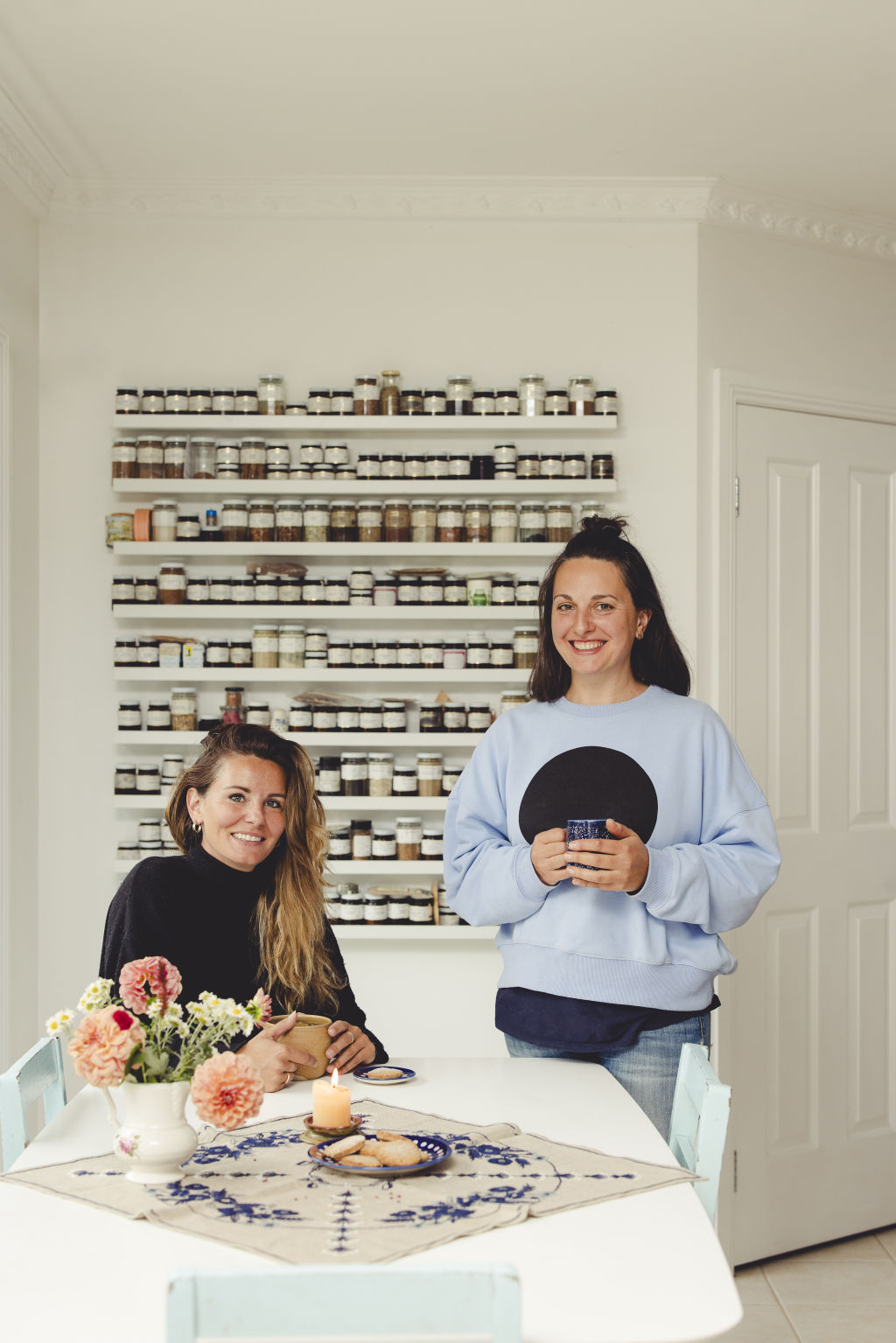
Spice blends are the Gewurzhaus stock-in-trade, a way for home cooks to elevate their dishes and bakes without too much extra effort. And the range gets bigger all the time, currently running to everything from Quick Butter Chicken and Laksa Lemak to Egyptian Dukkah and Mayan Chilli Chocolate. “It’s as simple as a protein, some oil and a spice blend, and you’ve got an awesome meal,” Eva says.
Plus, there’s always room to experiment. “Having blends is a really great entry. But if you have a blend that you really love, have a look at what’s in there, and then buy one of those spices in a single and just start playing around with it,” Maria says. “Most of the time spices are pretty forgiving … Just add – maybe in quarter teaspoon amounts – and taste. Don’t be afraid. I think people are way too afraid of spices, and they really don’t need to be.”
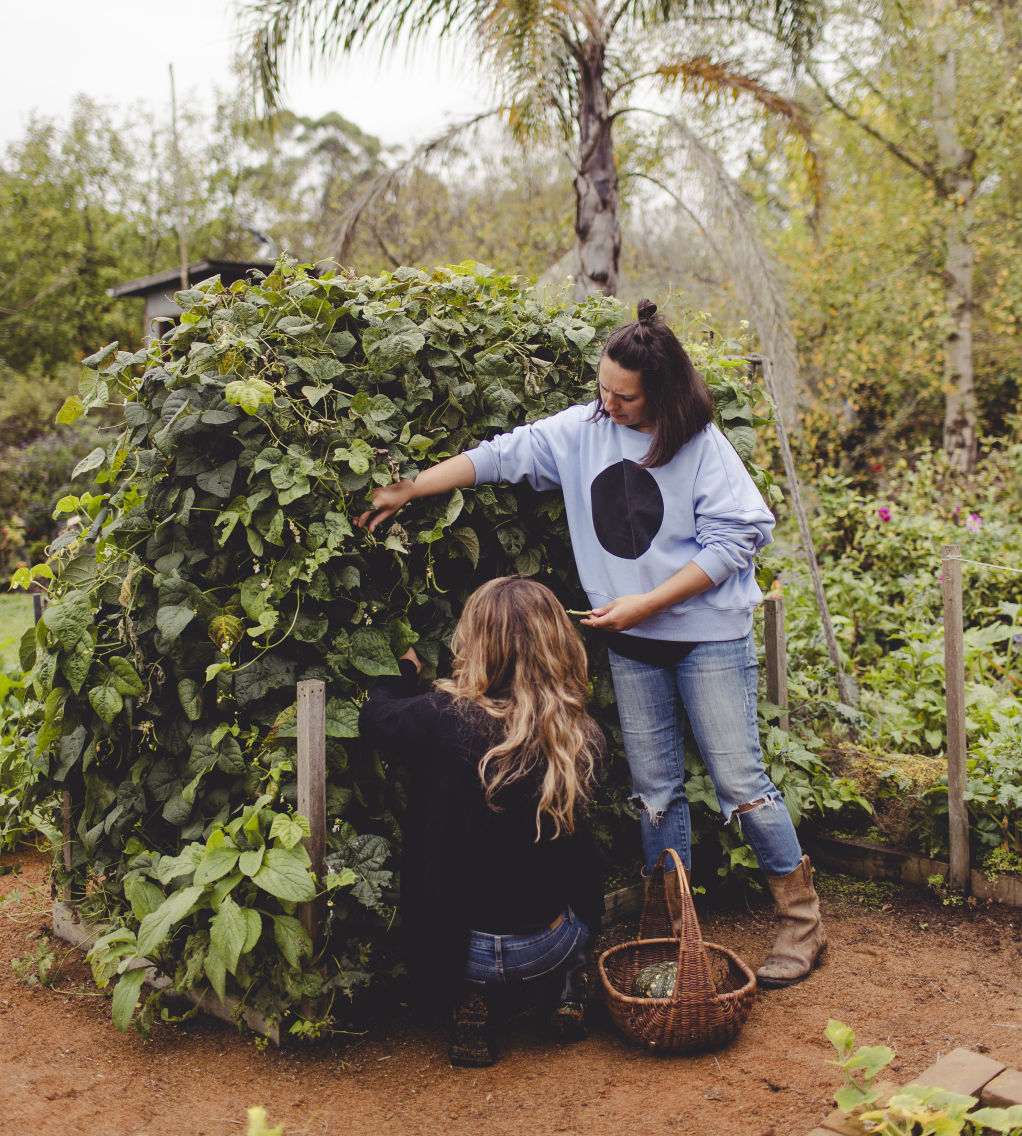
Eva and Maria’s 12 pantry must-haves
Chilli
According to the sisters, the best use for chilli is “everything” – just choose your heat levels. Aleppo peppers are great for a fruity kick that won’t knock your socks off, gochugaru gives medium heat with flavour, while habanero is probably for chilli lovers only. “Because we’ve got kids, I tend to have to cook mild,” Eva says. “I can never be bothered making multiple meals, so I just spoon on chilli oil or sprinkle on chilli salt to get the heat in my serve.”
Coriander seeds
“Coriander is kind of a base for almost every spice blend,” Eva says. “It’s one of those spices that helps to bring the other spices together. You can also use them individually – they have a beautiful nutty, almost lemony flavour.”
Cumin
A strong defining flavour. Use a little to bring balance to “big bold flavoured things”, like fat-rich roasts, or use a lot for “very punchy strong cumin-flavoured dishes”, Maria says. Great for breads and baked goods, honey carrots and curries. Buy pre-ground or crush the seeds at home to release the oils.
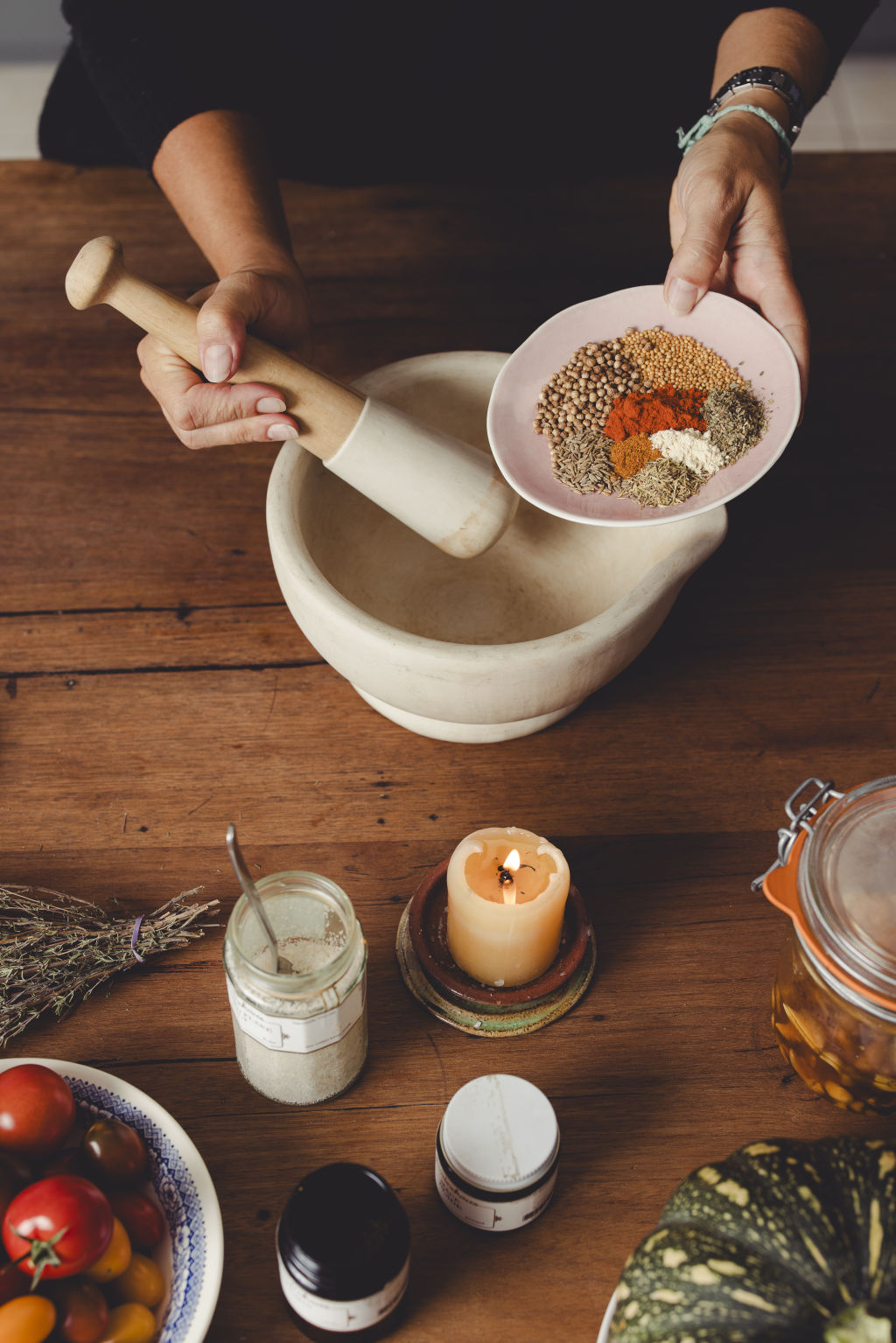
Turmeric
For Maria, “turmeric is a non-negotiable in a spice pantry”. A sturdy, predictable spice, “it doesn’t change that much flavour-wise and aroma-wise when you cook it”, and it’s almost impossible to overuse. Use in curries partnered with coconut cream or coconut milk.
Nutmeg
Buy whole and use a fine microplane to grate fresh for each meal. “Anything with cream is a beautiful match with nutmeg,” Eva says. “Like bechamel on lasagne. Or a mushroom dish with thyme and cream. It just gives a depth of flavour.”
Paprika
Choose from hot paprika, sweet paprika (for Euro flavours like goulash or roast chicken with lemon) and smoked paprika (best for Spanish dishes like paella and great with slow-roast lamb and barbeque). Use generously, and make sure you’ve got the good stuff, Maria says. “The source is important. If you’re making something like a goulash and you’re using crappy paprika, you might as well not bother. It can really make or break.” Freshly ground is best – this is one to purchase frequently.
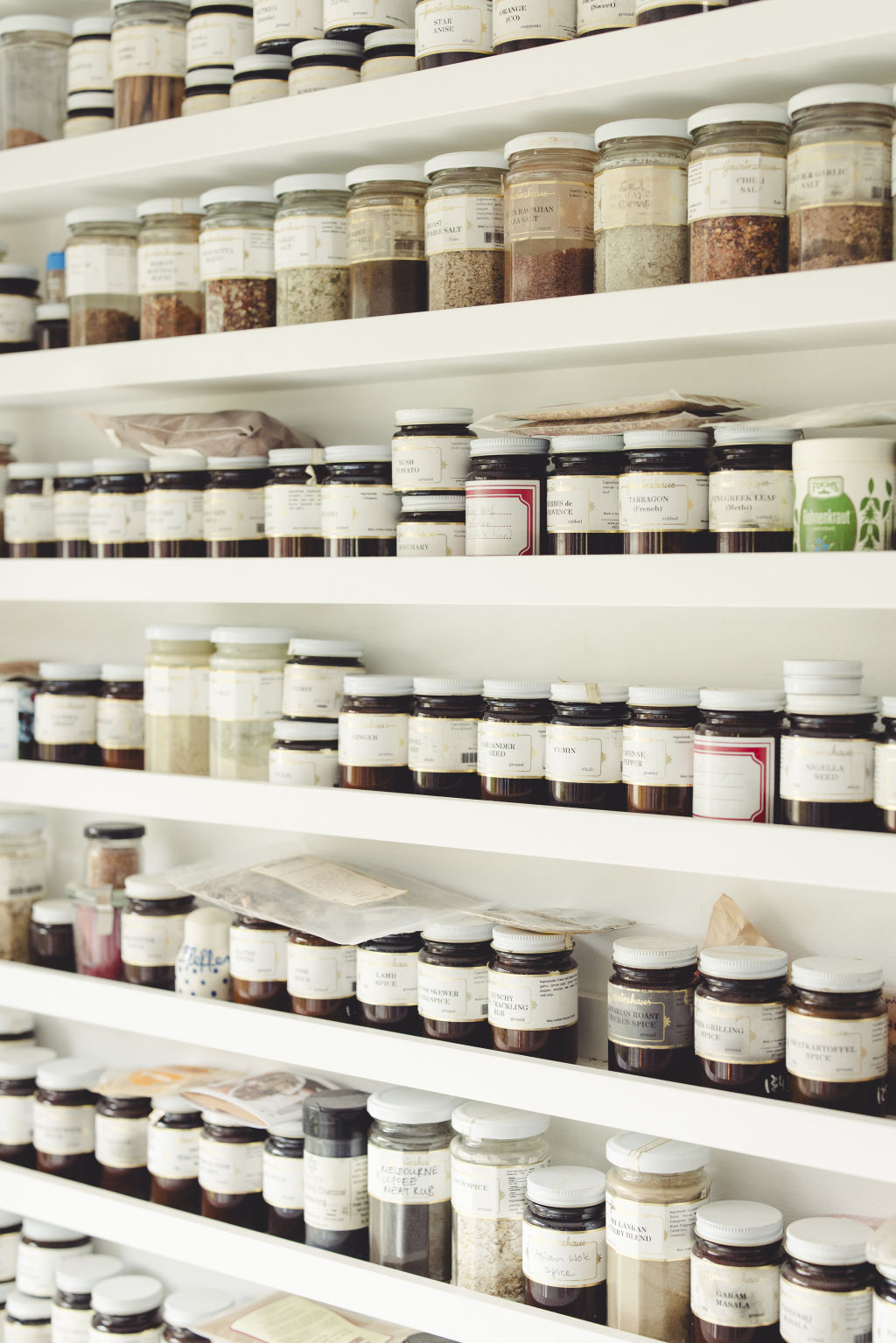
Clove
“Clove is probably one of my favourite spices. I reach for it a lot,” Maria says. Potent and sweet with an “almost medicinal flavour”, it’s used a lot in preserving and goes great with tomatoes in ketchups and pickles. Can also be used medicinally. Steep six to 12 cloves in a mug of hot water overnight for a throat gargle that helps combat coughs and colds.
Vanilla
Scrape the seeds from vanilla beans for desserts and baking, then place leftover pods in your sugar jar for vanilla sugar, or pop in the saucepan when making mulled wine. (They’re also great for flavouring spirits.) Vanilla extract can be added to drinks and desserts, though steer clear of vanilla essence, Maria says. “Extract is actually vanilla; essence is artificially fabricated.”
Cinnamon and cassia
Often lumped together simply as “cinnamon”, these flavoursome dried barks are similar, though not identical. Cassia has a stronger taste and comes whole in a stick; cinnamon is more delicately flavoured and comes in a quill, with smaller bits of bark rolled together like a cigar. “Curries use true cinnamon to not overpower the other spices,” Eva says, “but a lot of baking uses cassia. What we call a ‘cinnamon scroll’ is a cassia scroll, essentially.”
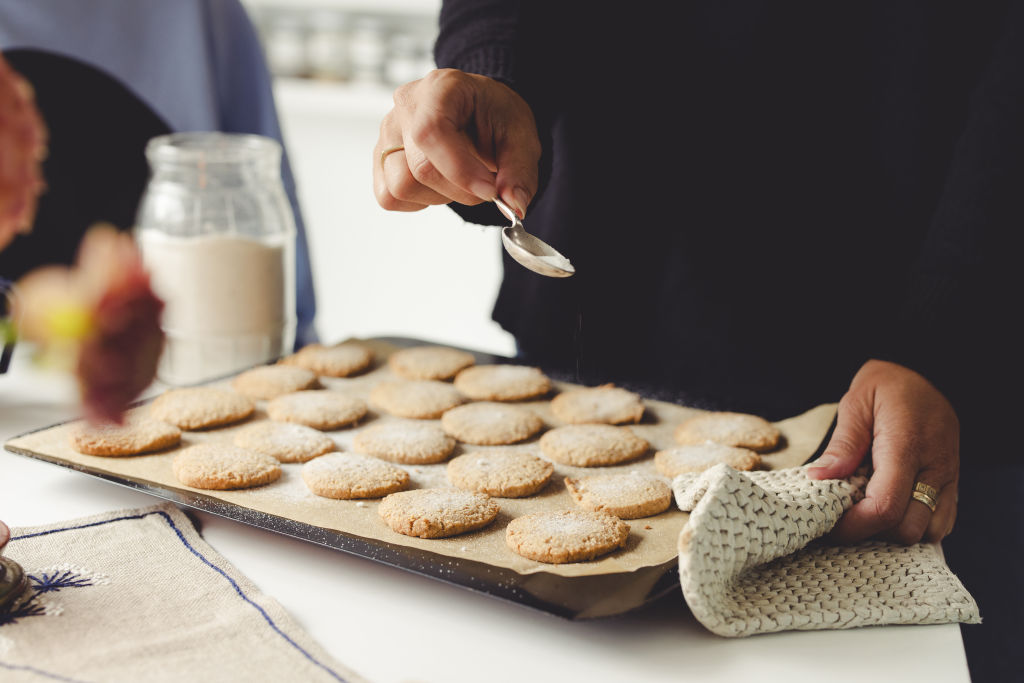
Thyme
“You need to have at least one dried herb in your spice kit,” Maria says. “Dried thyme gives quite a distinct flavour over the fresh herb – it’s so much more intense.” It’s versatile in its uses, teaming equally well with baked apple and custard as it does with chicken and lamb. Also goes “almost universally well with vegetables” – try it with everything from soup stocks to fried potatoes.
Star anise
Bought whole or ground, star anise is “sort of life-affirming”, Maria says. Use whole for infusing hot toddies or preserving stone fruit (it’s a “really great match” for plums). Use ground in Chinese cooking and baking – especially Christmas treats. “It has a beautiful vibrancy and freshness … and gives a really nice kick to things.”
Saffron
While Maria is not a fan, Eva rates saffron as one of her most-used spices, adding it to risotto, seafood pasta and “anything with chicken stock or butter – all of those French flavours do well with saffron”. This spice can get “a bit soapy” if overused, so Eva advises steeping the threads in boiling water for 30 minutes before use, then adding the liquid to taste.
This article first appeared in Domain Review, in partnership with Broadsheet.
We recommend
We thought you might like
States
Capital Cities
Capital Cities - Rentals
Popular Areas
Allhomes
More
